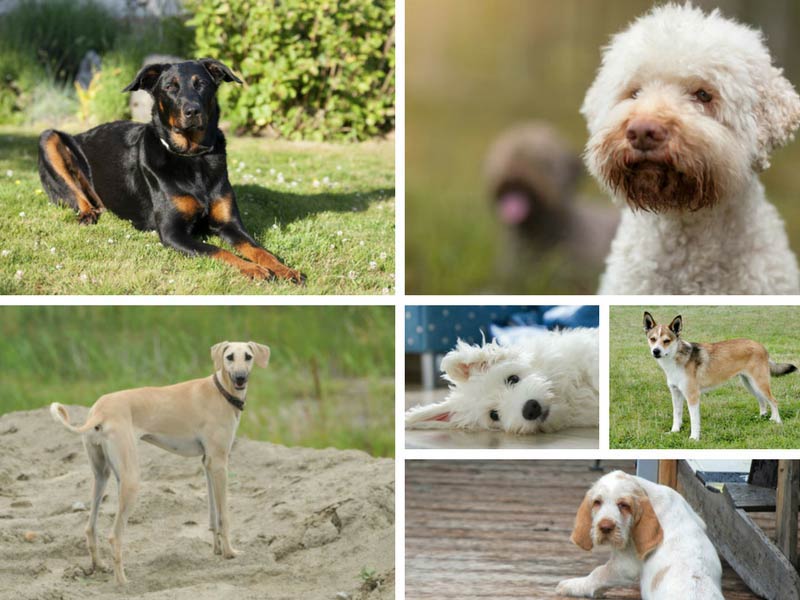Did you know that there are 190 dog breeds registered by the AKC? While many of them are familiar faces, there are several breeds that most people have never seen before, or even heard of. Some are newly registered, and some are just less common in the United States. Here are some facts about a few breeds that you may not be aware of, but they are worth getting to know. We’ve included pronunciations on some of the tricky names; in case you run into one of these dogs, at least you’ll know how to pronounce its name. Check here for other hard-to-pronounce dog breeds.
Beauceron (BO-se-ron)
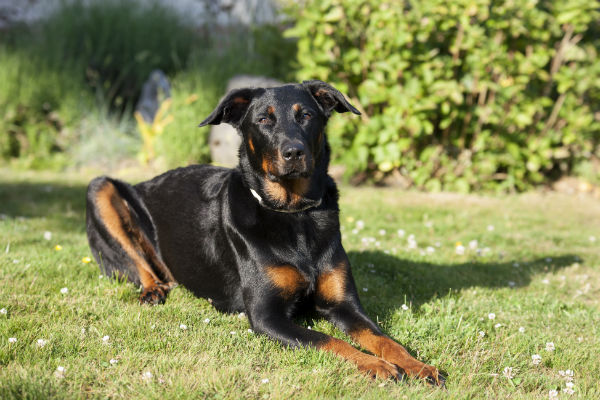
- Used to protect and drive the herd, defend his family, and guard the house, the Beauceron is the largest of the French sheepdogs, weighing 70-to-110 pounds.
- He likes to tend his human flock and is known for following his owner around everywhere, including the bathroom.
- Beaucerons are smart, lively, and energetic and are always ready to play. They’re pretty rough-and-tumble and might be too much for novice owners.
- With their humans, they’re faithful, devoted, and gentle.
- The Beauceron is an extremely versatile dog, as good at dog sports, military work, and outdoor sports like mushing and skijoring (pulling a person who is on skis) as he is at herding.
- A hallmark of the breed is the double dewclaw on each rear leg that appears like thumbs close to the foot.
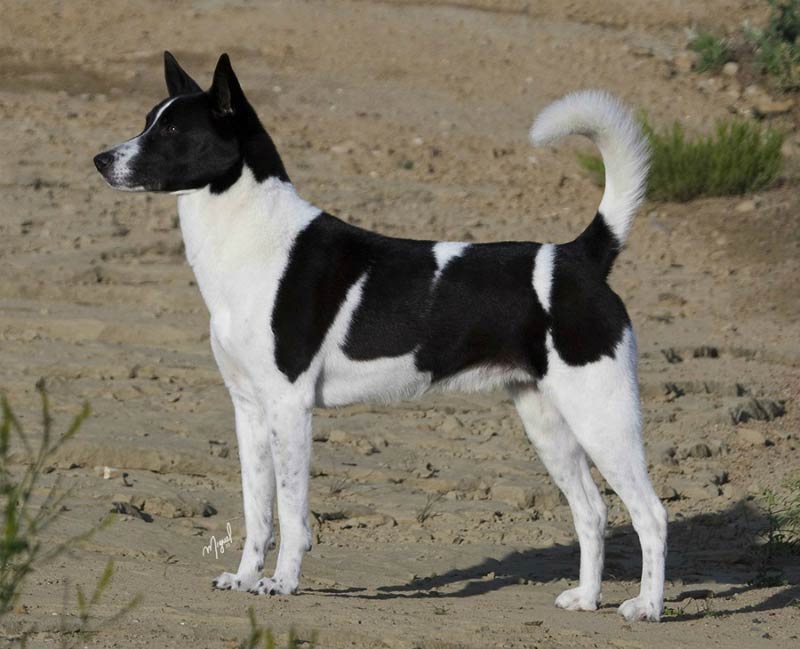
- The breed began as feral desert dogs that were only domesticated in the 1930s. They retain much of their natural survival instinct, including caution and alertness. In fact, they’re 100 percent aware of their surroundings.
- The Canaan Dog is the national dog of Israel. In Hebrew, his name is “Kelev K’naani.”
- He’s loyal and devoted with his human family, but naturally aloof with strangers.
- In Israel, he is used for guard duties, as a messenger, for mine detecting during wartime and as a Red Cross helper. Some Canaans also serve as therapy dogs.
- Canaans have extremely keen hearing and sense of smell and can detect intruders from a considerable distance.
- Because of their fairly recent feral past, Canaan Dogs have a strong denning instinct and are easily housebroken and naturally clean.
Cesky Terrier (Chess-key)
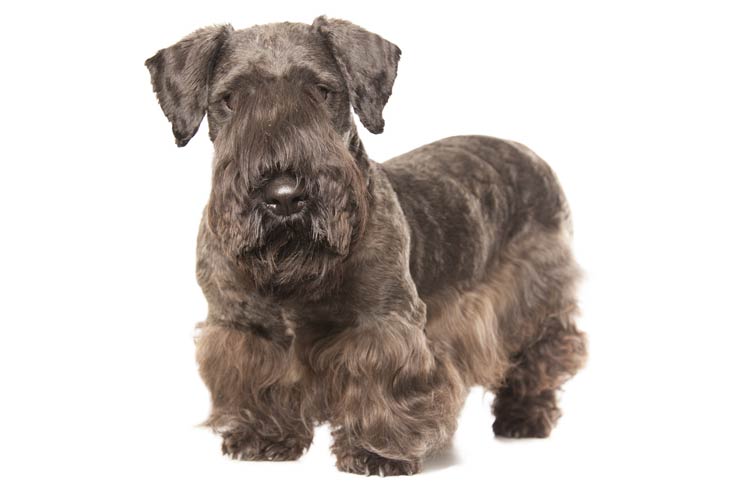
- The name comes from the former Czechoslovakia, the breed’s native country.
- Ceskys were developed from two entirely different breeds — the Sealyham Terrier and the Scottish Terrier, by a hunter who wanted a dog that could hunt and be a family companion.
- Puppies are born black or tan and black, but the color changes as they mature to shades of grey from platinum to charcoal.
- This small dog, weighing between 16-22 pounds for males, has exceedingly strong jaws, so strong that he can be the toy terminator.
- Cesky Terriers excel at dog sports, including agility, tracking, and earth dog.
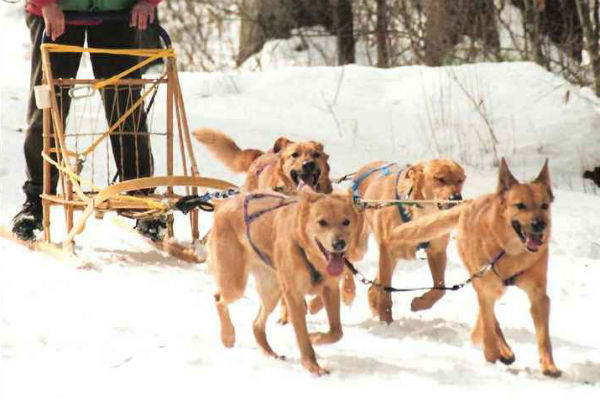
- The breed was developed in New Hampshire to be an all-purpose sled dog, combining the speed of a sled-racing dog with the strength and power of a carting dog. The very first dog of the breed was named Chinook, and the breed was named for him.
- The Chinook is the official state dog of New Hampshire.
- This is one of the rarest dog breeds; don’t expect to see several at your local dog park.
- He’s smart, enthusiastic, and a natural athlete.
- He’s also patient, gentle, and friendly and is a devoted family dog.
- As a sled dog, the Chinook loves pulling, so he’s a natural for sports like sledding and skijoring.
Coton de Tulear (co-TAWN-day too-LEE-are)
![[coton de tulear puppy laying]](http://cdn.akc.org/content/article-body-image/Coton_de_Tulear_Puppy_Laying.jpg)
- This “royal dog of Madagascar” was a favorite of nobles and kings.
- This is the ultimate companion dog; he’s unusually responsive to humans. In fact, fans of the breed say that the Coton de Tulear is extremely gentle and sympathetic to his humans.
- Although small in stature, they love a romp and are lively, energetic playmates.
- The breed’s name comes from the French word for cotton and from their original home on the Bay of Tulear, in Madagascar.
- Coton de Tulear excel at dog sports and learning tricks.
- The breed is known for its unique vocalizing. They actually may seem to respond when you talk to them.
![[dandie dinmont vertical]](http://cdn.akc.org/content/article-body-image/dandie_dinmont_vertical_.jpg)
- Dandie Dinmonts were first recorded as a breed around 1700, but didn’t get their name until Sir Walter Scott featured the dogs in his novel, “Guy Mannering,” where one of the characters was named Dandie Dinmont.
- He may be small in stature, but the Dandie has the confidence and personality of a big dog.
- With his surprisingly loud and low voice, he also has the bark of a much bigger dog.
- The fluffy head and large expressive eyes are adorable, but the Dandie Dinmont is no frail creature; he’s tough and sturdy, with a fearless, independent nature.
- One of his most recognizable features is a “scimitar” tail, which looks like a curved sword.
- Dandies love to play with kids, which makes them great family dogs.
Lagotto Romagnolo (La-got-toe Rrrro-man-yolo)
![[lagotto body image]](http://cdn.akc.org/content/article-body-image/lagotto_body_image.jpg)
- An Italian breed, his name means “lake dog of Romagna.”
- With his keen sense of smell and instinct to search and retrieve, the Lagotto Romagnolo is a specialized truffle hunter.
- As far back as the 17th century, they were used to retrieve game from marshes and wetland.
- Modern Lagotti Romagnolo (that’s the plural) love to swim and retrieve, and they have the endurance to do it all day.
- His coat is distinctive. It’s dense and woolly, with tight curls all over his body. He’s also got abundant eyebrows, beard, and whiskers.
- He’s an affectionate and undemanding companion, forming a strong bond with his people.
- With his intelligence, natural tendency to search and retrieve, and his drive, the Lagotto Romagnolo is often used as a therapy dog and for search-and-rescue. He also competes in dog sports, like tracking, dock diving, agility, and rally.
Norwegian Lundehund (loon d- hoo nd)
![[norwegian lundehund body image]](http://cdn.akc.org/content/article-body-image/Norwegian_Lundehund_Body_Image.jpg)
- Originating in the arctic islands of Norway, the Lundehund retrieved puffins, small sea birds, from crevices in the islands’ rugged vertical cliffs.
- The breed’s unique physical characteristics were essential to his task: six toes on each foot; the ability to bend his head so far backward that it touches his spine; flexible shoulders that allow him to extend his front legs flat to the side, so that he could hug the cliff face.
- All of this makes the Lundehund one of the best climbers in all of dogdom and a superb hiking partner.
- Also known as the Puffin Dog, the Lundehund was extremely valuable to the islanders, and some households had up to a dozen dogs.
- These are quite small dogs, with males 13-15 inches tall and females 12-14 inches tall.
- Fans of this rare breed describe the Lundehund as a playful and loving canine companion. He’s loyal to his humans, but can be wary of strangers. And like many dogs that were bred to work independently, he has a bit of a stubborn streak.
Sloughi (Sloo-Gee)
![[sloughi body image]](http://cdn.akc.org/content/article-body-image/sloughi_body_image.jpg)
- This ancient breed developed in North Africa and was originally the sighthound of the Bedouins and Berbers. He’s been called the “Arabian Greyhound.”
- He was used to hunt small and large game over harsh terrain, and to this day, will chase anything that attracts his interest.
- The Sloughi is a graceful, noble dog, with a hallmark long wedge-shaped head that tapers to a strong jaw. He may be mistaken for a Saluki or a Greyhound, but this is an entirely different breed.
- Another characteristic of the breed is a slightly melancholy expression, with dark expressive eyes.
- Although he seems somewhat aloof, the Sloughi is faithful and loyal to his people.
- This athletic dog is actually very quiet at home and may seem shy. The Sloughi is very particular about his personal space and may be uncomfortable around strangers.
Spinone Italiano (spi-noh-nee i-tal-ee-ah-no)
![[spinone italiano puppy]](http://cdn.akc.org/content/article-body-image/SpinoneItaliano_puppy_(1).jpg)
- The Spinone has had several different names, and its modern name comes from “Braco Spinoso,” which means prickly pointer. This could refer to the breed’s wiry coat or to the brush where game would hide.
- The Spinone Italiano is prized as a hunting dog because he points and retrieves.
- He’s a vigorous and energetic dog, loving nothing more than a good romp in the field, especially with his people.
- You can see how sociable and docile he is by his sweet, soft expression, which is a characteristic of the breed.
- He is among the world’s most ancient hunting dogs, with references going back to 200 A.D.
- He may not be hard to find in the house, since his shaggy beard will leave a trail of whatever he’s eating or drinking wherever he goes.
Do you own one of these unusual breeds? Or do you have another breed that sparks curiosity wherever he goes? Let us know in the comments.


